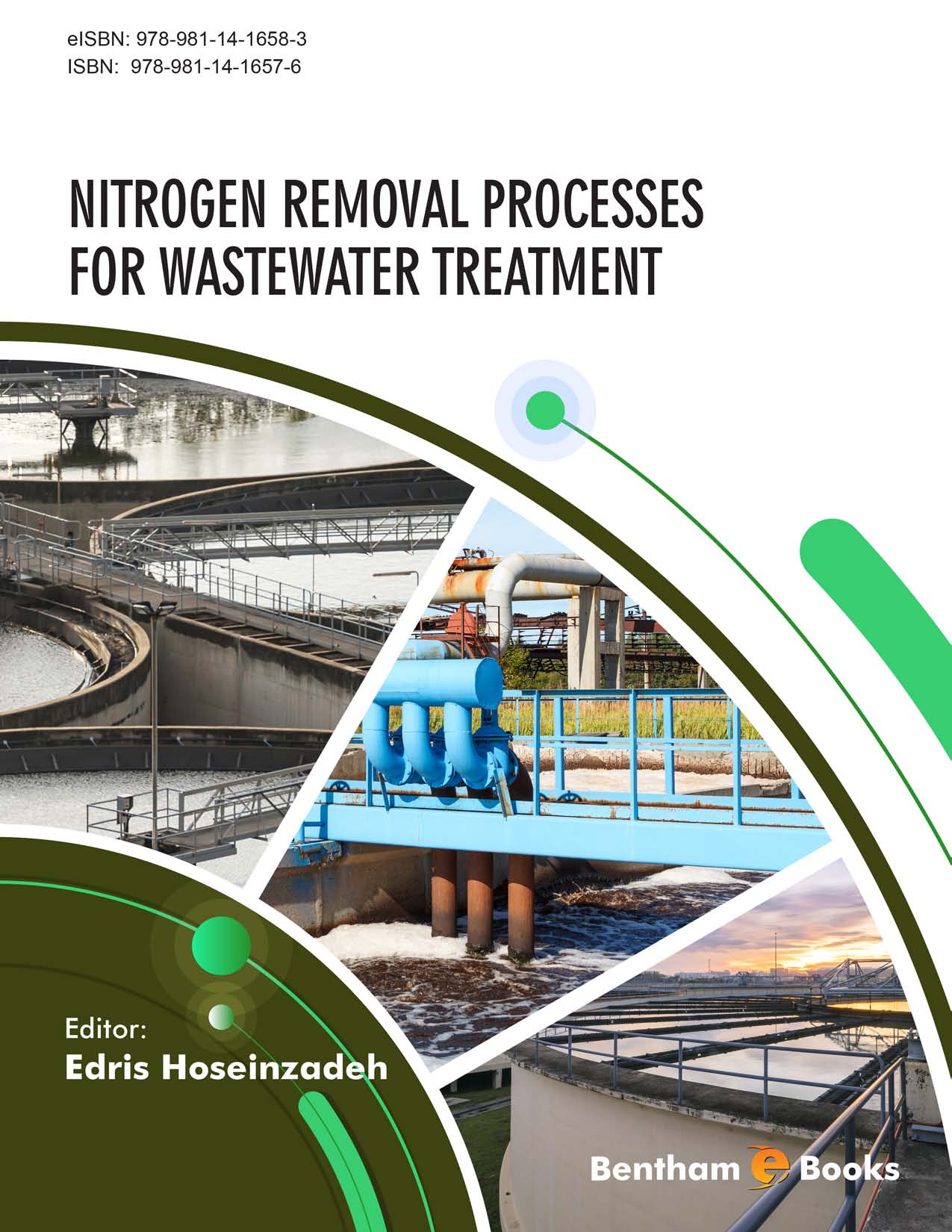Introduction
Nitrogen containing compounds produced by industrial processes are pollutants which pose a significant environmental and health hazard. There are a number of processes that have been devised for removing nitrogen compounds from wastewater.
This reference book summarizes different denitrification methods for wastewater processing. The book introduces readers to toxic nitrogen compounds responsible for water pollution. This introduction is followed by chapters which explain different nitrogen removal methods including conventional methods, biological methods, food industry wastewater treatment and new approaches towards environmental pollution remediation: Bio Electrochemical Systems (BESs). This book is a handy reference guide for industrial and environmental engineers and students learning about wastewater management and industrial denitrification.

